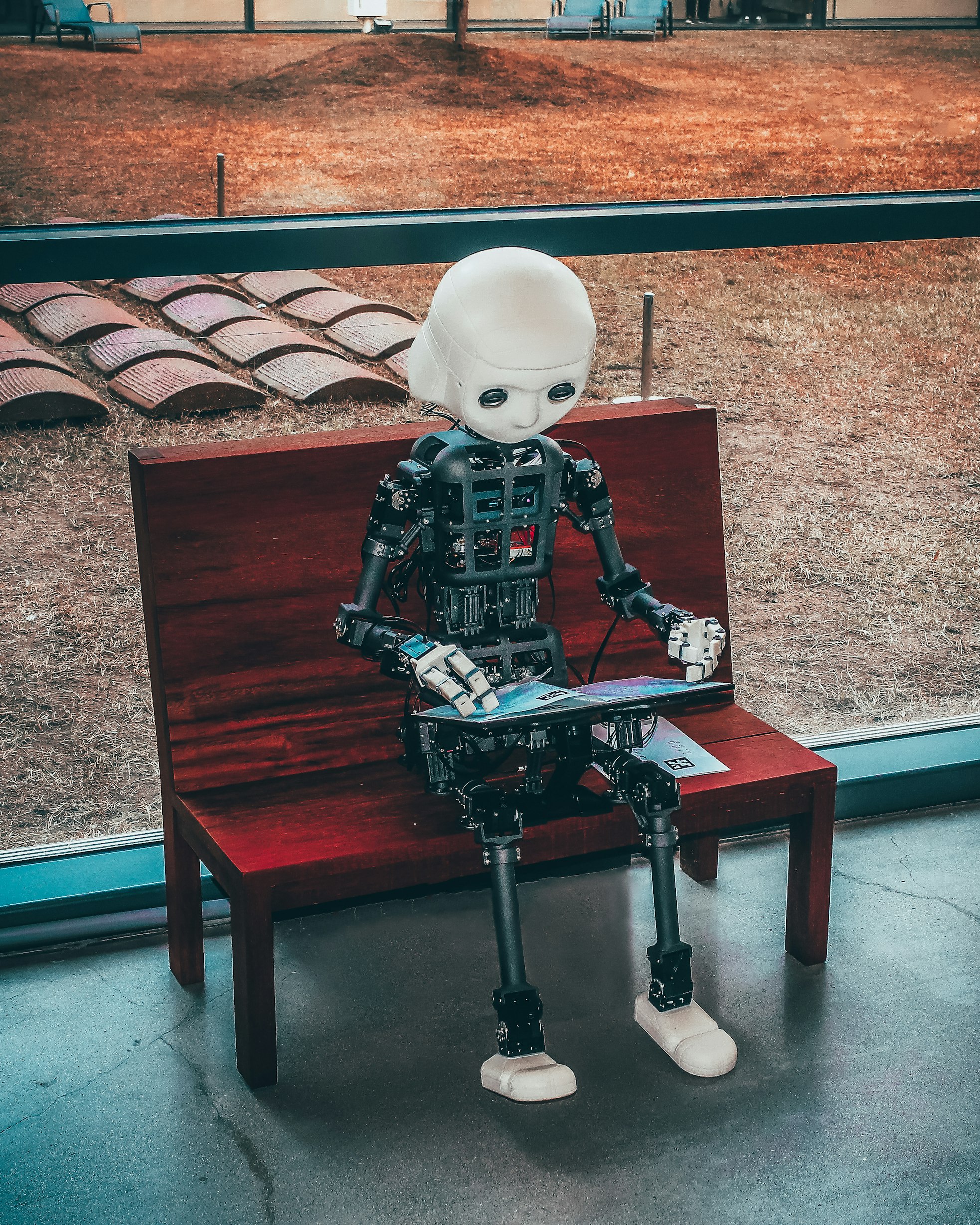In today’s digital era, chatbots have become an integral part of customer service, e-commerce, and various online interactions. These intelligent systems are designed to simulate human-like conversations, providing users with quick and effective responses.
There are primarily two types of chatbots that dominate the market: Rule-based Chatbots and AI Chatbots. Understanding the differences between these two can help businesses and developers make informed decisions about which type to implement for their specific needs.

Rule-Based Chatbots: Defined and Explained
Rule-based chatbots, also known as decision-tree bots, operate on a set of predefined rules and scripts. These chatbots are programmed to respond to specific commands or keywords. When a user inputs a query, the bot scans for these keywords and triggers a predefined response. This method of operation makes rule-based chatbots highly predictable and reliable for specific tasks.
Advantages of Rule-Based Chatbots
- Simplicity and Control: Rule-based chatbots are easier to build and implement. Since they function based on predefined rules, they are less complex than AI models.
- Reliability: These chatbots provide consistent answers to specific queries, ensuring a stable user experience.
- Ease of Maintenance: Updating and maintaining a rule-based system is straightforward, as it involves modifying or adding new rules.
Limitations
- Limited Flexibility: Rule-based chatbots can only understand and respond to a limited set of inputs, making them less effective in handling varied or complex queries.
- Dependency on Scripting: These bots require extensive scripting to cover as many potential queries as possible, which can be time-consuming.
AI Chatbots: The Power of Artificial Intelligence
AI chatbots leverage advanced technologies like machine learning, natural language processing (NLP), and sometimes deep learning to understand, interpret, and respond to user queries. Unlike their rule-based counterparts, AI chatbots can learn from interactions, improve over time, and handle a wide range of queries with more human-like responses.
Advantages of AI Chatbots
- Advanced Understanding: AI chatbots can process and interpret natural language, making them capable of understanding a wide array of conversational phrases.
- Learning and Adaptation: These bots learn from past interactions and continuously improve, offering a more dynamic and enriched user experience.
- Handling Complexity: AI chatbots can handle complex queries and provide more accurate and context-aware responses.
Limitations
- Complexity in Development: Building an AI chatbot requires significant expertise in machine learning and NLP.
- Resource-Intensive: These systems often require more computational resources and data to function effectively.
- Unpredictability: Since AI chatbots learn and evolve, their responses can sometimes be unpredictable or inconsistent.
What is a Chatbot: Understanding the Core Concept
At its core, a chatbot is a computer program designed to simulate conversation with human users, especially over the Internet. Both rule-based and AI chatbots aim to fulfill this basic function but do so in fundamentally different ways. Rule-based chatbots follow a structured approach, whereas AI chatbots rely on learning and adaptability to engage in more nuanced conversations.
Choosing Between Rule-Based and AI Chatbots
The decision to choose between a rule-based or an AI chatbot depends on several factors:
- Complexity of Tasks: For simple, repetitive tasks, rule-based chatbots are sufficient. AI chatbots are better suited for complex, evolving tasks.
- Budget and Resources: Rule-based chatbots are less expensive and easier to develop, making them ideal for small businesses or limited budgets. AI chatbots, being more resource-intensive, are suited for larger organizations.
- Long-Term Goals: If the goal is to provide dynamic, personalized user experiences that improve over time, AI chatbots are the way to go. Rule-based chatbots are better for static, predictable interactions.
Integration with Other Technologies
One emerging trend in the realm of chatbots is their integration with other technologies. AI chatbots, in particular, are increasingly being integrated with IoT (Internet of Things) devices, providing a more seamless and interactive user experience. For instance, a chatbot in a smart home can learn a user’s preferences over time and adjust the environment accordingly. Rule-based chatbots, while less dynamic, can be integrated with databases and CRM systems to provide quick access to information, benefiting sectors like e-commerce and customer support.
Multilingual Capabilities and Global Reach
The ability to interact with users in multiple languages is another dimension where AI chatbots excel. They can be trained on datasets comprising various languages, making them more accessible to a global audience. This multilingual capability is especially beneficial for international businesses and platforms. Rule-based chatbots can also be programmed for different languages, but this requires extensive scripting for each language, which can be resource-intensive.
The Role of Chatbots in Data Analytics
Both rule-based and AI chatbots play a significant role in data analytics. AI chatbots, with their ability to process and learn from large volumes of data, can provide valuable insights into customer behavior, preferences, and trends. This data can be used to enhance marketing strategies, improve product offerings, and personalize user experiences. Rule-based chatbots, while not as dynamic, can still gather essential data on user interactions and queries, which can be used for analytics and to refine the chatbot’s rule set.
Ethical Considerations and User Trust
As chatbots become more advanced, especially in the case of AI chatbots, ethical considerations and user trust become crucial. Issues such as data privacy, consent, and the potential for AI to make biased decisions based on the data it is trained on are significant concerns. Developers and businesses need to be transparent about how chatbots are used, the kind of data they collect, and how that data is handled. Building trust is paramount, and rule-based chatbots may have an edge due to their predictability and transparency.
The future of chatbots is undoubtedly leaning towards AI-driven solutions, given their ability to provide more personalized and sophisticated interactions. However, rule-based chatbots still have a place in scenarios where simplicity, control, and predictability are key. Ultimately, the choice between rule-based and AI chatbots should align with the specific needs and goals of the business or application they are intended for.

















![How to Format USB to FAT32 on Mac [100% Work]](https://i0.wp.com/www.thepanthertech.com/wp-content/uploads/2024/03/image1.jpg?resize=370%2C250&ssl=1)

Leave a Reply